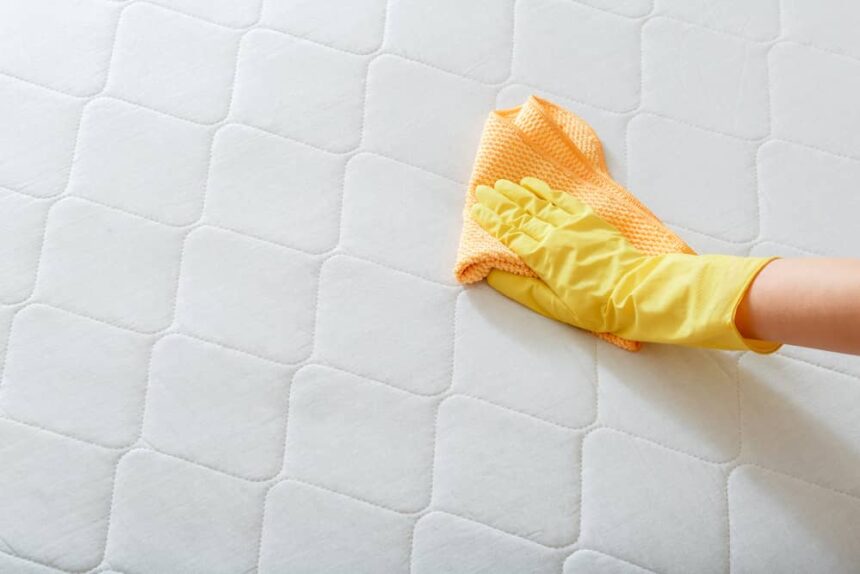Sleeping on an orthopedic surface is comfort provided by developing technology. Like any thing designed for long-term service, a mattress requires certain conditions of use and storage. All models, especially the spring type, are complex designs with several components, which is reflected in their functionality.
Troubles Of Orthopedic Mattresses
Attracting dust, odors, and subsidence of layers is not only a problem with the quality of fillers. Proven manufacturers of popular lines use components that are resistant to moisture accumulation, dirt penetration and microbial growth. And in this case, it is enough to clean the mattress with a vacuum cleaner to maintain cleanliness. But even the most high-end coconut coir filler will not survive if the owner handles it incorrectly.
Basic Rules For Using A Mattress
- Do not store in an upright position (with emphasis on the wall) – the product should lie exclusively on a flat horizontal surface.
- Do not place or leave in rooms with high humidity and low temperatures, as well as in houses where the heating is completely turned off for the winter, on verandas and balconies where condensation is possible. The room should be dry.
- Do not exceed the permissible load specified in the instructions for each model: walking and jumping on the surface is strictly prohibited.
Most often, mattresses become unusable due to the owner’s desire to twist them, roll them up, stand on the bed. The elements simply cannot withstand non-standard loads. Even roll models cannot be stored rolled up for more than a month.
Each new mattress should be left lying on the floor or bed for several hours, opening the windows for ventilation. Twisted products can be laid a day after unpacking, giving time to fully restore the shape.
How To Clean A Mattress?
Stains on the mattress are a common household phenomenon. Spilled liquid must be collected with a napkin, for example, made of microfiber. Only dry or non-aggressive products are used for cleaning. Do not use peroxide, alcohol or nail polish remover, as they will change the shade of the cover. Preference should be given to cleaning solutions for carpets on dry foam, which is easily removed by a vacuum cleaner after drying. Do not iron the surface, as cotton covers shrink.
Every modern orthopedic mattress is multi-layered, even if it contains only one component inside. First comes the cover, then the holofiber, on which the fabric is quilted, then the material that forms the main characteristics. It is important to take into account the parameters of all layers when cleaning, and it is best to entrust this to cleaning professionals, especially if the contamination is very noticeable and large-scale.
Mattress Protection: Mattress Topper And More
Moisture-proof mattress toppers will easily take a hit when confronted with coffee, wine and even food traces left after a romantic breakfast in bed. Such protectors greatly simplify cleaning, are easily washed in washing machines, and have membrane layers with water-repellent qualities.
A simple quilted mattress topper will help you avoid snags and a worn look of the cover fabric.
But protecting the mattress is also proper care for it in general. Simple rules preserve the quality of the bed:
- Turn it over regularly (without the help of decorative handles and aerators). For the first three months, perform this procedure at each change of bed linen or after two weeks. Alternate turning clockwise, changing the top and bottom (for products without zonal division), and on the opposite side. In the future, change the position every season.
- Ventilate by removing all bedding and opening the windows in the room for 5-6 hours. There is no need to take the product out to the balcony or put it near the window.
- Once a month, vacuum, and if necessary, clean the mattress with a soapy solution, dry foam, avoiding severe wetting of the surface.
- When carrying out repairs (replacing windows, painting, whitewashing), etching insects, be sure to cover the mattress with a thick cover or blanket to avoid the accumulation of odors.
- Spring options should be installed only on a flat or orthopedic base in order to fully enjoy the correct support of the springs.






